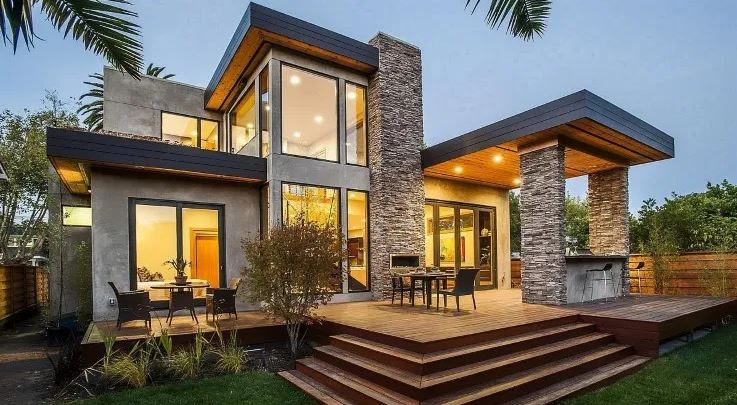×
The Standard e-Paper
Stay Informed, Even Offline

Prefabrication entails assembling components of a structure and manufacturing them under factory conditions then transporting complete assemblies or sub-assemblies to the construction site for incorporation.
In the construction industry, the term prefabrication is used to distinguish this process from the conventional building practice of transporting the basic materials to the construction site where all assembly is carried out.